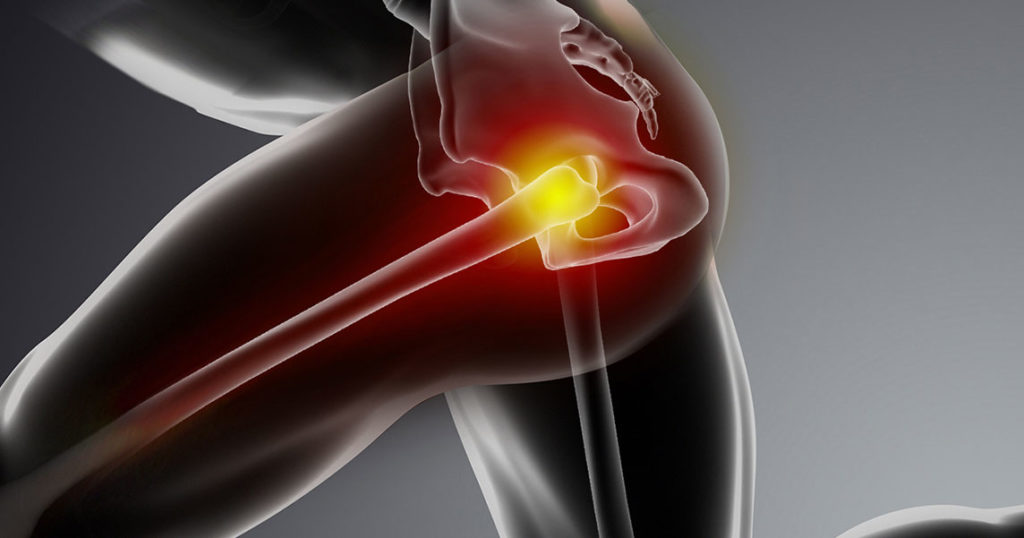Diagnosis Of Hip Impingement
The use of X-rays, CT and MRI scans can all be of benefit in investigating pain that is suspected to be related to thought to hip impingement (FAI). Such investigations can assist in providing an accurate image of the anatomy of the hip and identify any of the tell tale bony changes. A simple X-ray can identify the presence of any of the three hip impingement types (Pincer, Cam or combined). X-rays are a good starting point as are easily accessible, less radiation than a CT scan and far cheaper than MRI. X-ray findings correlated with a clinical diagnosis of impingement, where the history of symptoms and physical assessment indicated FAI makes for a fairly accurate diagnostic approach.
Physiotherapy Tests For FAI
A special test used by physiotherapists in practice is the FAIR test, with this test the patient is supine on their back and the knee is brought up towards their chest at around a 90 degree angle and subsequently moved across the body towards the other side while the hip is rotated inwards. It is a very sensitive test movement for reproducing FAI pain, however because it isn’t 100% sensitive to FAI and other conditions can cause pain with this test used alone it cannot confirm hip impingement but combined with other physical tests, the symptom history and investigations it can help paint a picture of what is going on.
Physiotherapy Treatment For Hip Impingement
Non-surgical treatment of hip impingement almost always begins with some sort of activity modification. Modifying activities to either avoid, or alter activities creating symptoms can be very effective in managing discomfort associated with FAI. Combined with anti-inflammatory medications to help reduce inflammation and pain is often what is considered the frontline approach to hip impingement pain. Coupling activity modification and NSAIDs with physiotherapy treatment working to address movement patterns with the intention of further decreasing forces on irritable tissues through improved postural control adds another layer of effectiveness to conservative management. The use of passive therapies including, stretching, soft tissue mobilization can assist in managing pain and improving mobility around the joint.
Surgical Management Of FAI
Surgical treatment for hip impingement is considered when conservative approaches such as physiotherapy treatment has not managed to satisfactorily improve patient pain or function. Surgery can help successfully reduce symptoms of FAI correcting and prevent future
damage to the hip joint and the progression of the process to hip osteoarthritis. If surgery is indicated and for whatever reason there is a significant delay in treatment and damage to the joint is severe by the time of surgery then outcomes will not be as satisfactory. In situations where there is substantial delay in receiving appropriate treatment then despite surgery patients may still experience pain, movement limitations and functional impairment or imposed restrictions to protect the future of the joint. Post surgically it is considered best practice to engage post operative physiotherapy treatment, the use of physiotherapy following surgery can help restore ROM and improve functional outcomes. Physiotherapy can assist in improving body biomechanics and off loading the hip with appropriate strength and movement retraining which can assist in preventing possible problems that may develop in the future.
Hip Impingement And Osteoarthritis
Hip impingement is regarded as a cause of premature hip osteoarthritis.
FAI is characterized by abnormal contact between the hip socket and the ball. A combination of factors can predispose individuals to some form of impingement, predominantly excessive athletic activities involving repeated loaded motion of the legs beyond those considered normal range. Bone development marginal to the hip joint surfaces as in Cam and Pincer hip impingement can result in increased friction between the ball and socket potentially causing pain, reduced hip mobility, reduced functional capacity and begin a process of joint damage that may ultimately lead to an earlier onset of osteoarthritis.



